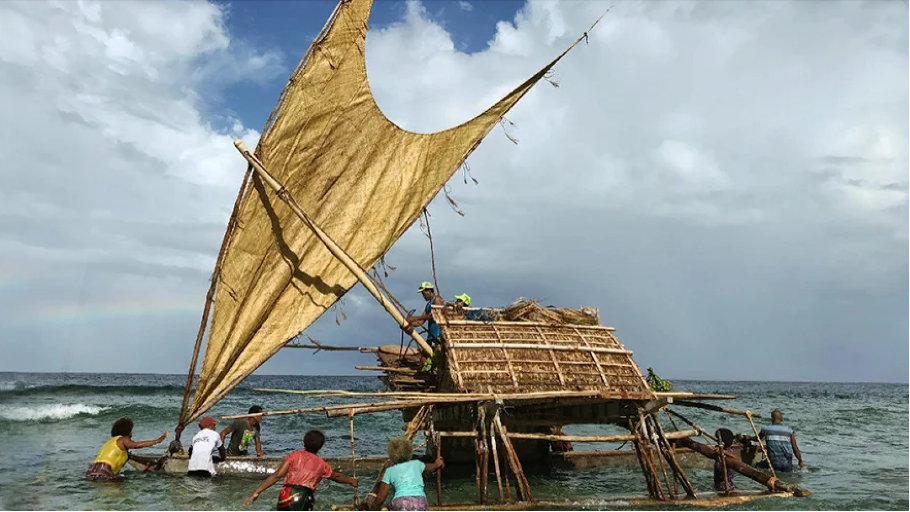An Alternative Application of Collaborative Methodology: Archaeology of the Tulsa Race Massacre
- Kara Johnson

- Nov 9, 2022
- 2 min read
Updated: Feb 7, 2023
Dr. Alicia Odewale and colleagues search for the graves of Tulsa Race Massacre victims, implementing community-based methodologies in their research.
Greenwood, Oklahoma was once a booming commercial district in the United States. Known as the Black Wall Street, it was home to a plentiful array black-owned businesses and entrepreneurs. This opulence came tumbling down on May 31, 1921, when white rioters stormed the neighborhood, looting burning buildings and officially murdering 36, although some death toll estimates amount up to 300 lives lost.
In late 2018, the city announced its sponsorship of an archaeological search for the graves of massacre victims. This Tulsa Race Massacre archaeology project gives much control to the nearby community. Researchers are accountable to an oversight board comprising descendants of massacre survivors, community leaders, activists, and more (Ganon 2020). The board is aware of every aspect of the research process, including what research is done on remains and how they are handled.
“We don’t want the narrative of the Greenwood community to be based solely on sites of death but [to also] incorporate sites of life, wealth, struggle, and family connections as well”
This project displays how archaeology can work towards restorative justice efforts and engage with a community in achieving some amount of reconciliation. The legitimization of oral histories through physical discovery can be incredibly difficult to endure, but so meaningful for a community who has experienced historical trauma. The same can also be seen in many Indigenous archaeology settings.
Dr. Alicia Odewale of the University of Tulsa is leading an additional segment of Greenwood archaeology to identify building foundations and structures. Odewale is quoted in Megan Gannon’s article for SAPIENS saying, “We don’t want the narrative of the Greenwood community to be based solely on sites of death but [to also] incorporate sites of life, wealth, struggle, and family connections as well” (2020). It is important to recognize all of the stories that are a part of Greenwood’s history, both those of prosperity, and of tragedy and brutality. It is important to acknowledge trauma, but this should never be the entire narrative. Archaeology has the ability to remember each of these stories in much of their nuance, and the work in Tulsa is a wonderful demonstration of its potential to work for a community.

Gannon, Megan. 2020. “Unearthing the True Toll of the Tulsa Race Massacre.” Sapiens website, May 22. Accessed November 14, 2022. https://www.sapiens.org/archaeology/tulsa-race-massacre/



Comments